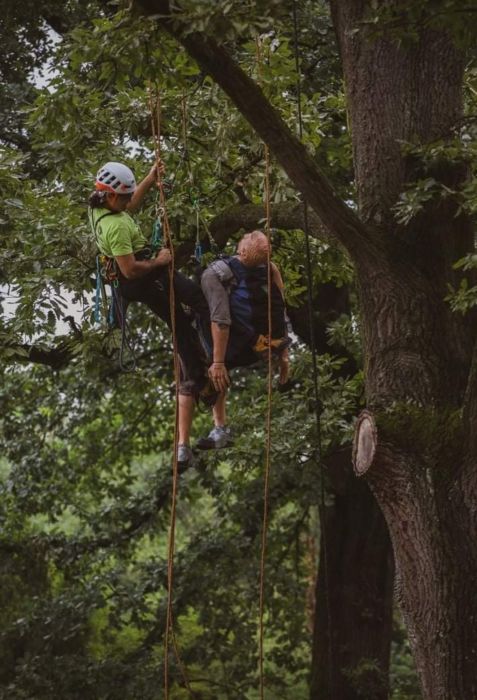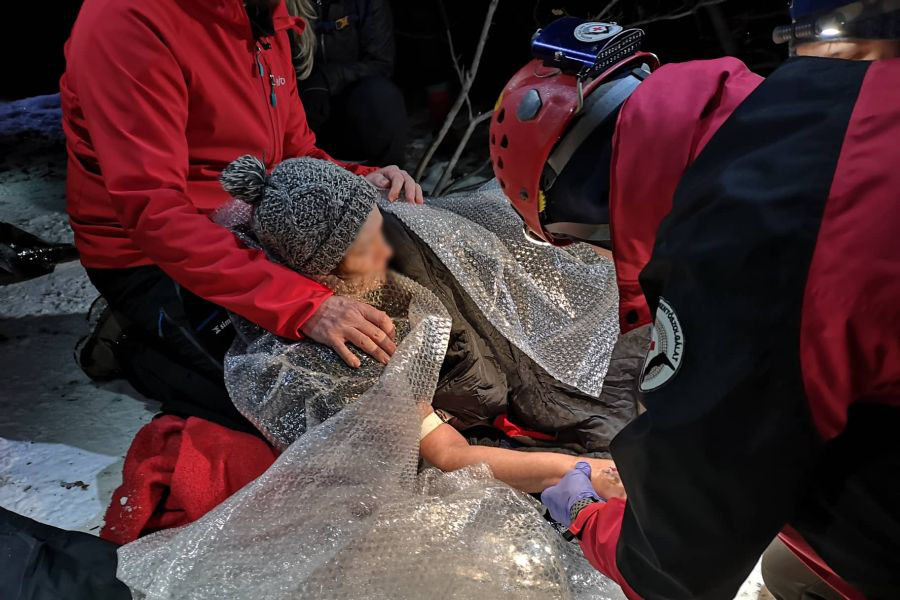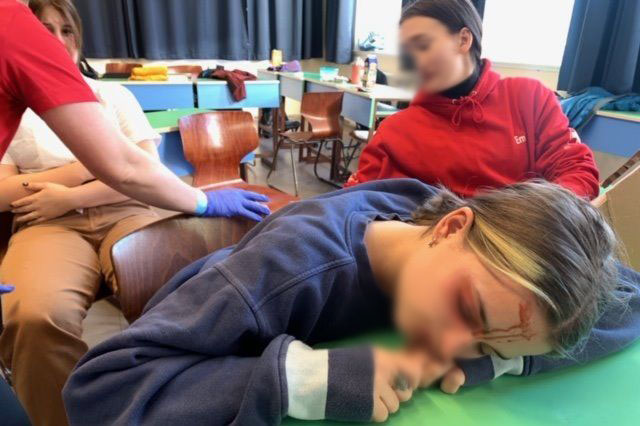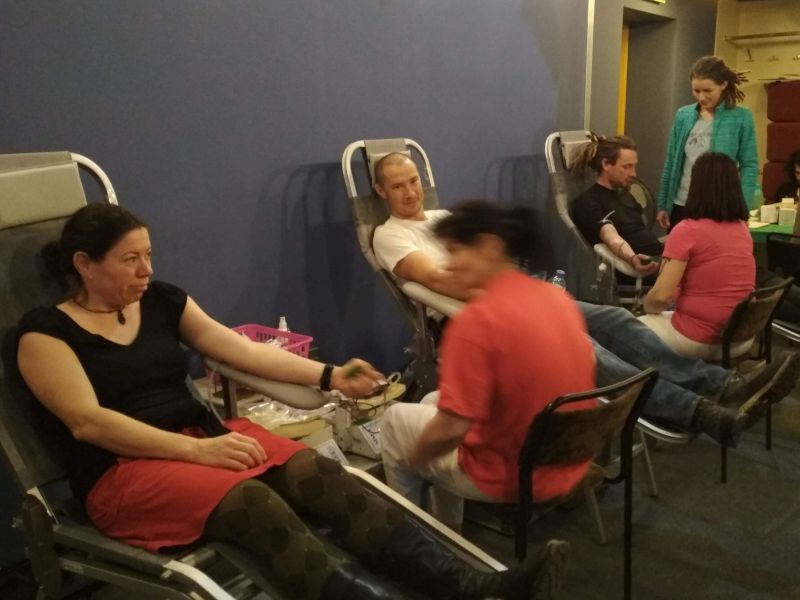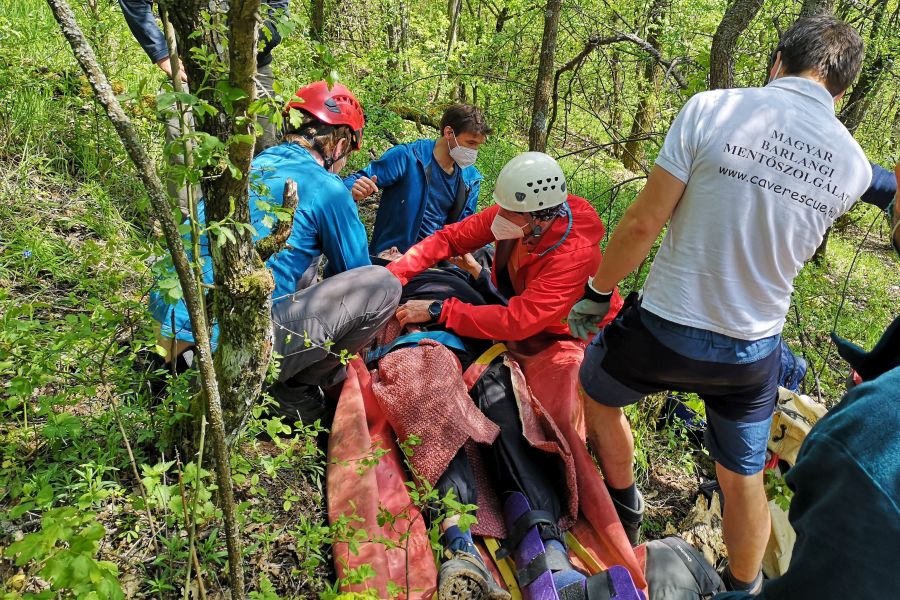 On Saturday, May 8, 2021, shortly before noon, the Hungarian Cave Rescue Service received a call for help about a hiker in Börzsöny, near Nagyirtáspuszta, suffered an ankle injury on só hegy (Salt hill), he is unable to stand on his feet, so he has no chance to get off the mountain without help. They also asked for help from the National Ambulance Service (OMSz), which sent the ambulance from the town Vámosmikola to the scene.
On Saturday, May 8, 2021, shortly before noon, the Hungarian Cave Rescue Service received a call for help about a hiker in Börzsöny, near Nagyirtáspuszta, suffered an ankle injury on só hegy (Salt hill), he is unable to stand on his feet, so he has no chance to get off the mountain without help. They also asked for help from the National Ambulance Service (OMSz), which sent the ambulance from the town Vámosmikola to the scene.
The caller also mentioned that we should prepare for a heavy lift since the gentleman weighs around a 100 kg so that it will not be easy to transport him on the difficult terrain.
We issued a state-wide alert to the rescue members and then negotiated with the OMSz dispatch so that our units could work efficiently together.
At 12:30 the first cave rescuers together with the OMSz ambulance arrived in the parking lot of the nearby Szent Orbán pension. We received the exact GPS coordinates of the accident from the caller, which allowed us to start our hike to the site, which was about 1.5 km away.



